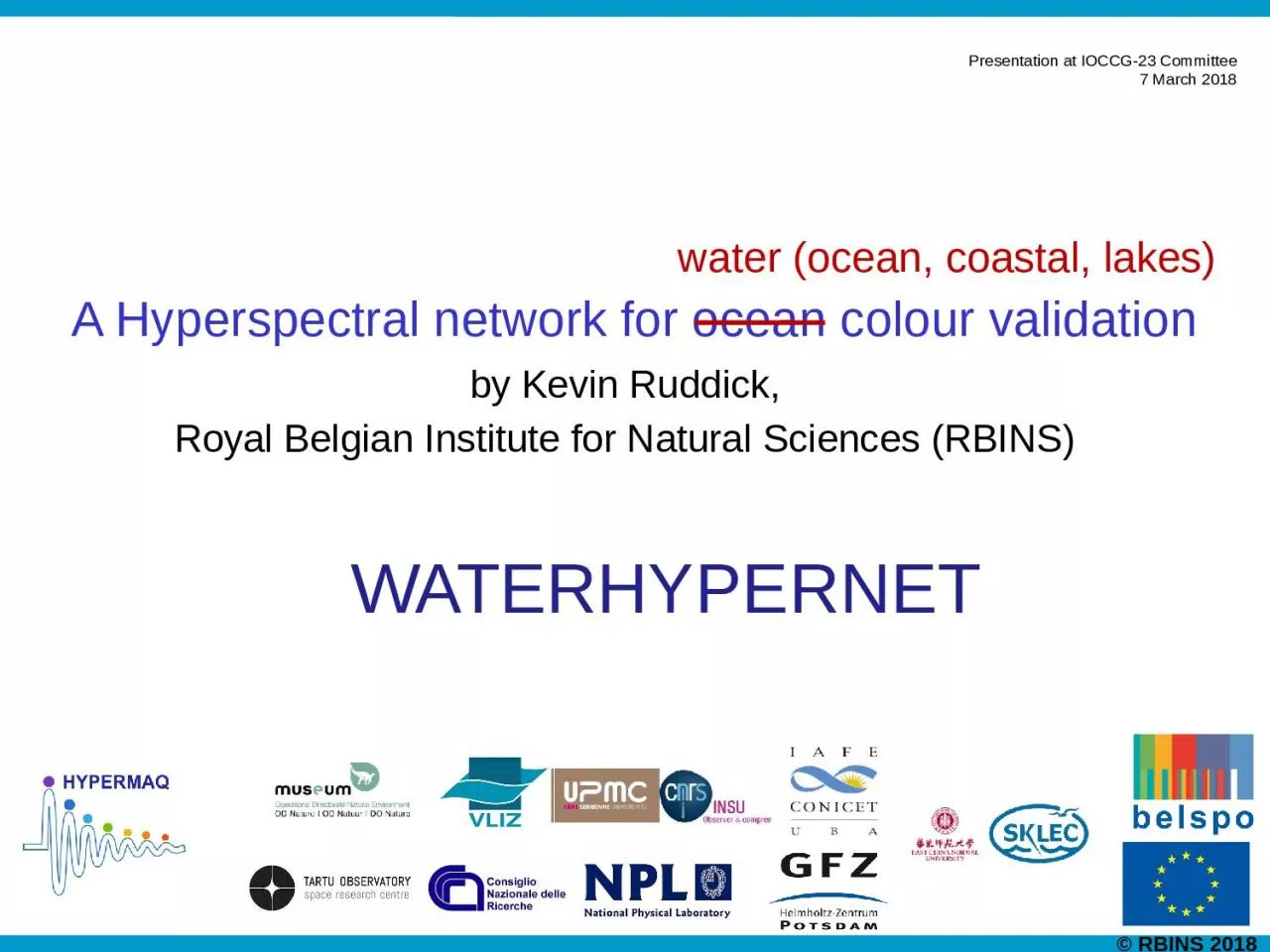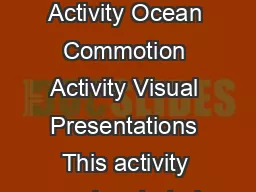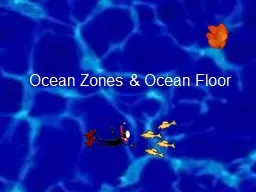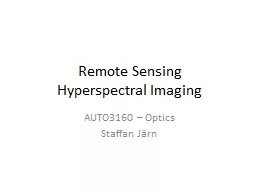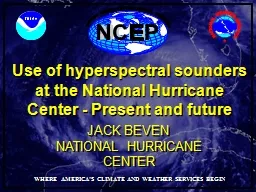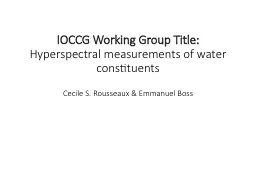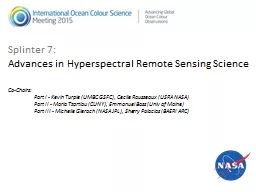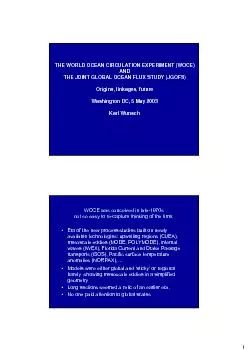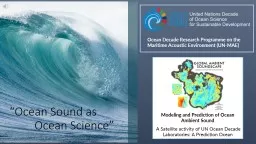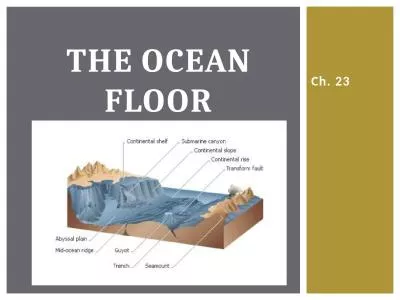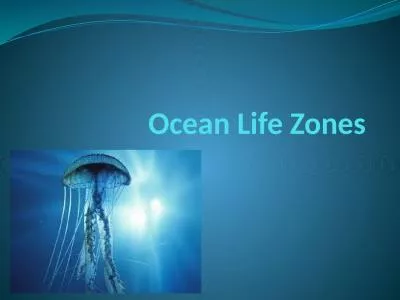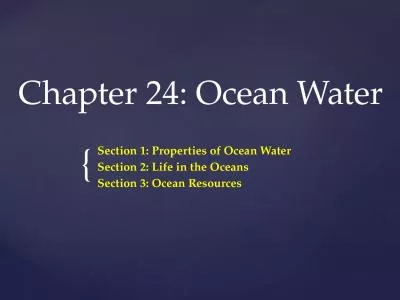PPT-A Hyperspectral network for ocean colour validation
Author : mrsimon | Published Date : 2020-09-28
by Kevin Ruddick Royal Belgian Institute for Natural Sciences RBINS water ocean coastal lakes HYPERNETOC WC WATERHYPERNET NEXT WEEKS S3VT TITLE An international
Presentation Embed Code
Download Presentation
Download Presentation The PPT/PDF document "A Hyperspectral network for ocean colour..." is the property of its rightful owner. Permission is granted to download and print the materials on this website for personal, non-commercial use only, and to display it on your personal computer provided you do not modify the materials and that you retain all copyright notices contained in the materials. By downloading content from our website, you accept the terms of this agreement.
A Hyperspectral network for ocean colour validation: Transcript
Download Rules Of Document
"A Hyperspectral network for ocean colour validation"The content belongs to its owner. You may download and print it for personal use, without modification, and keep all copyright notices. By downloading, you agree to these terms.
Related Documents

